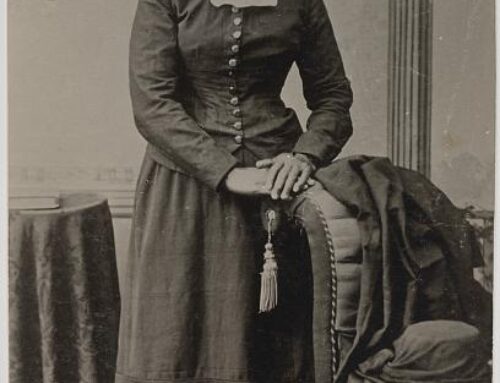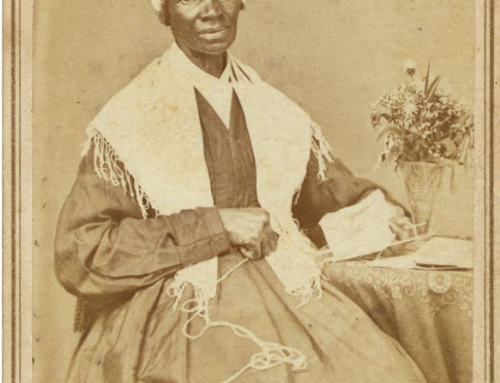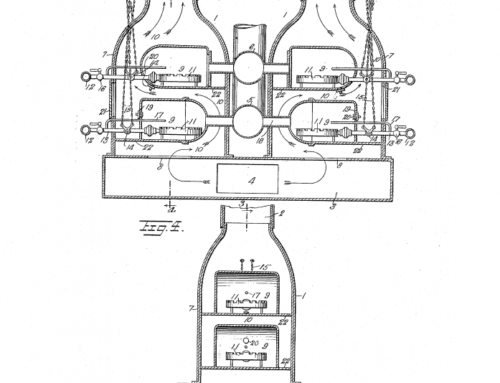Mary Ellen Pleasant the Abolitionist and Entrepreneur
According to Pleasant, she was born in Philadelphia. Historians still aren’t clear about her birthplace nor her birth year. There are different accounts given about her paternal and maternal lineage as well.

Mary Ellen Pleasant
Born August 19th between 1812–1817
Photo source https://www.aclunc.org/sites/goldchains/explore/mary-ellen-pleasant.html
According to Pleasant, she was born in Philadelphia. Historians still aren’t clear about her birthplace nor her birth year. There are different accounts given about her paternal and maternal lineage as well.
What we do know about Pleasant is in her childhood she began working as a “debt servant” in the state of Massachusetts for a Quaker storekeeper named Hussey . This is important to note given the connection between Quakers and the Underground Railroad and abolitionist efforts.
She eventually worked her way out of “bonded servant” and maintained her connection to the Hussey family. Her proximity to the Husseys, along with her fair skin tone, helped her “pass as white”. She married James Smith. They both contributed to the work of the Underground Railroad. They were considered “slave stealers” similar to Tubman. Upon his passing, he left her money (approximately ten-thousands).
Pleasant eventually moved to San Francisco in 1852 (California Gold Rush). Using her inheritance, her husband’s name, and her lighter complexion, she obtained proximity to wealthy men by working as a cook earning approximately $500/month.
In her position, she was able to eavesdrop on their conversations concerning business and investments. She used her knowledge to invest in real estate, gold and silver mines, local businesses, specifically laundries and boarding houses. Some historians believe that Pleasant worked as a domestic servant specifically to pick up on investment advice.
Withing 8 years of being in San Francisco, Pleasant owned a chain of laundry businesses and boarding houses. Even as the owner of these establishments, she still disguised herself as servant to continue to be overlooked— TALK ABOUT MOVING IN SILENCE!
She used her wealth to fund abolitionist work, most notably John Brown. After the execution of John Brown, there was a note found in his pocket that read “The ax is laid at the foot of the tree. When the first blow is struck, there will be more money to help.” No one knew where the note came from but it was assumed that it was someone of wealth.
Pleasant took responsibility for the financial support of freedom work. She stated, “Before I pass away, I wish to clear the identity of the party who furnished John Brown with most of his money to start the fight at Harpers Ferry and who signed the letter found on him when he was arrested.”
“The sum she donated was $30,000 – almost $900,000 today.”
Unfortunately, Pleasant passed away without her wealth. This is due to having her investments held under the name of Thomas Bell, a white man who was being pursued for spousal support. Since the investments were legally listed as his, his spouse was granted the money.
There is so much more to Pleasant’s story than what this small blog post can cover. I strongly encourage everyone to continue reading about Pleasant.
This is a woman of strategy and courage. We honor you Mary Ellen Pleasant.
Chambers, V. (2019, February 1). The Many Chapters of Mary Ellen Pleasant. The New York Times Company. https://www.nytimes.com/interactive/2019/obituaries/mary-ellen-pleasant-overlooked.html?mtrref=www.cnbc.com&assetType=REGIWALL
White, E. (2020, August 26). How Mary Ellen Pleasant Fought 19th-Century Stereotypes of Black Women. The Paris Review. https://www.theparisreview.org/blog/2017/06/02/a-girl-full-of-smartness/








